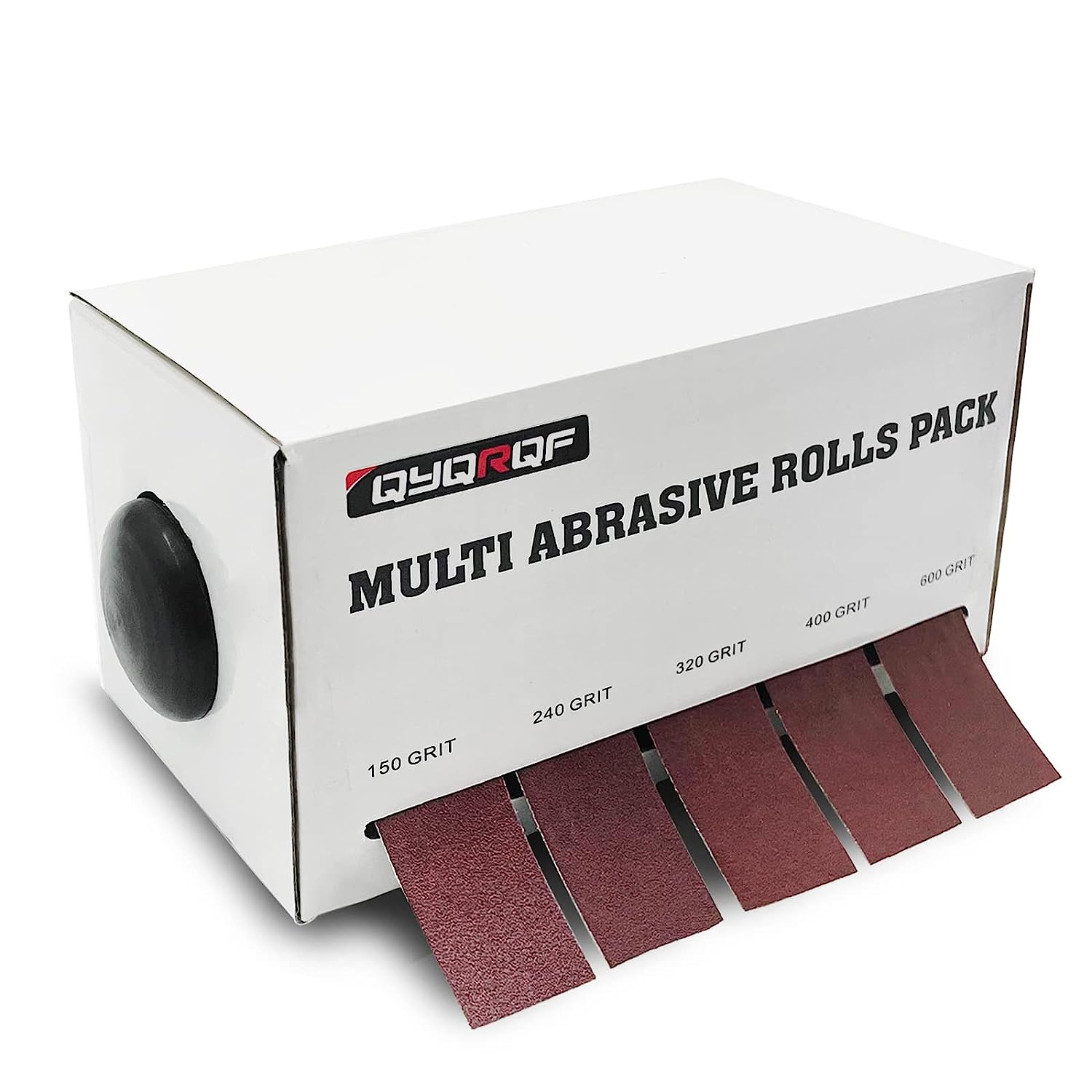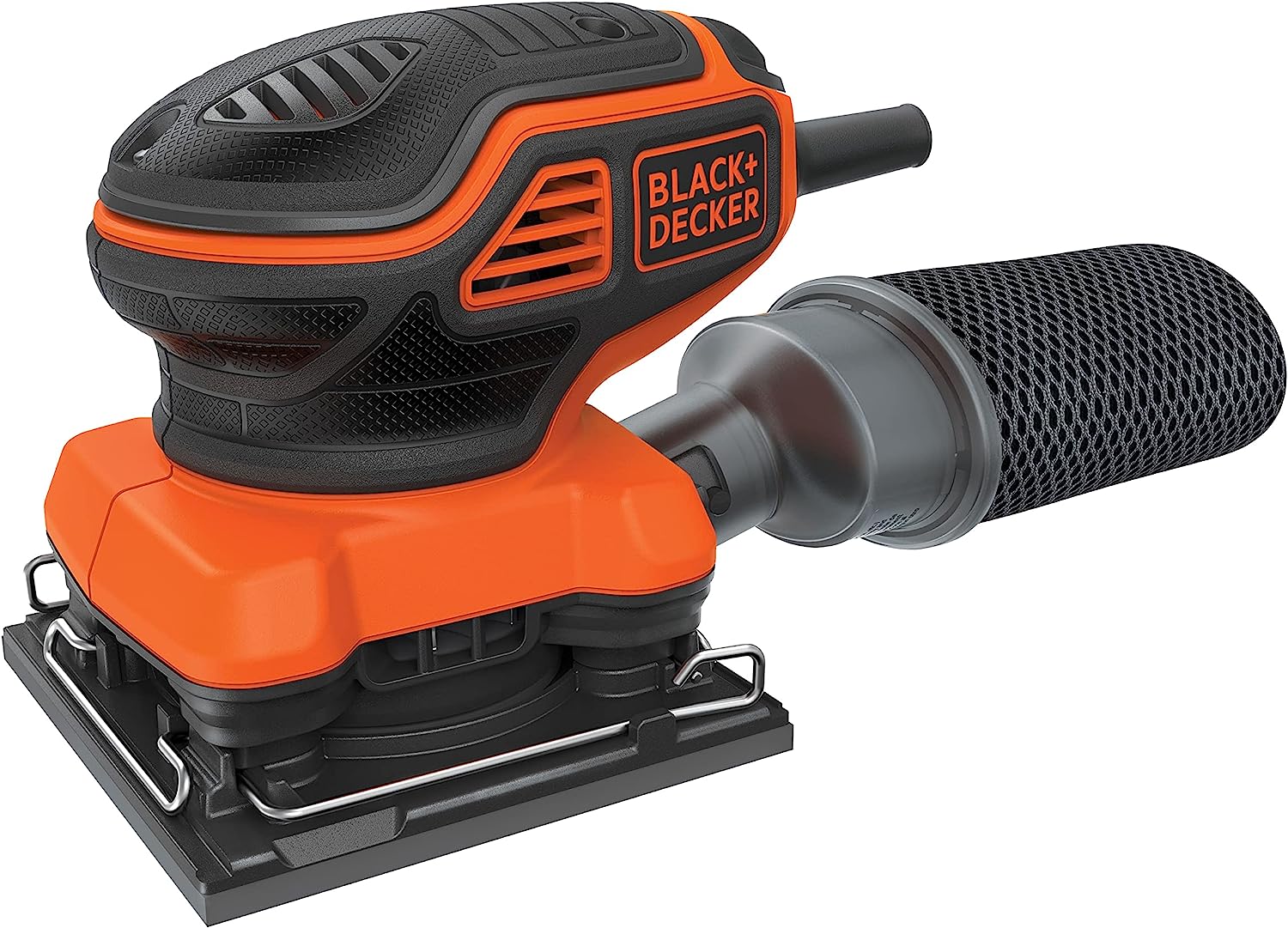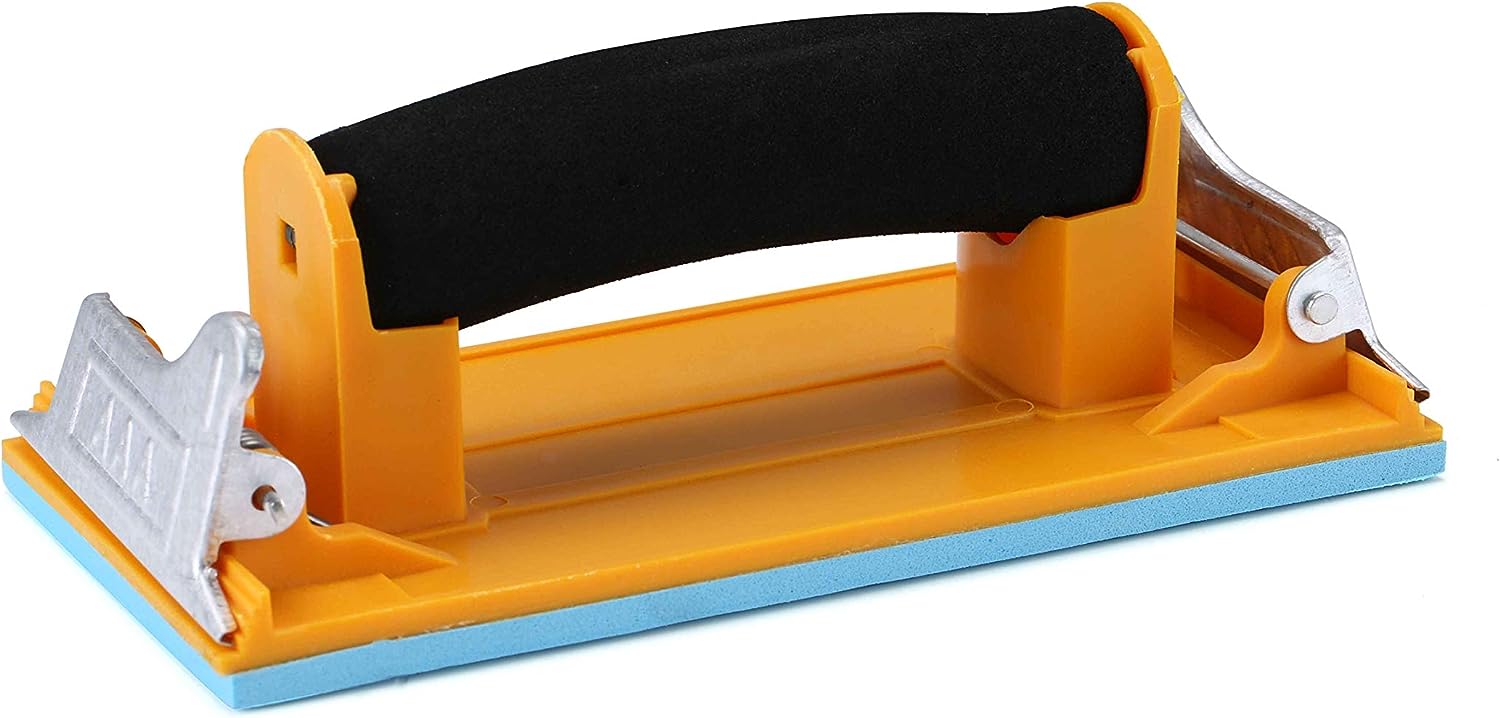When it comes to achieving a smooth and flawless plaster finish, one of the most important tools in a professional’s arsenal is sandpaper. Sandpaper, also known as abrasive paper, is a versatile material that is used to smooth surfaces, remove imperfections, and prepare surfaces for painting or finishing. However, not all sandpaper is created equal. The key to achieving the best results lies in understanding sandpaper grit and how it affects the plaster finishing process.
The Best Sandpaper for Plaster

Emery Cloth Roll, 5 Grits Abrasive Sandpaper Rolls

BLACK+DECKER 2.0 Amp Electric 1/4 Sheet Orbit Sander

Aouker HS85180 Hand Sander
The Basics of Sandpaper Grit
Sandpaper is made up of abrasive particles that are bonded to a paper or cloth backing. These abrasive particles come in different sizes, which are referred to as grit. The grit of sandpaper determines how coarse or fine the abrasive particles are, and this, in turn, affects the aggressiveness and smoothness of the sanding action.
The grit size of sandpaper is measured using a scale known as the CAMI (Coated Abrasives Manufacturers Institute) or FEPA (Federation of European Producers of Abrasives) scale. The CAMI scale is commonly used in North America, while the FEPA scale is used in Europe and other parts of the world. Both scales are similar and provide a standardized way to compare the grit sizes of different sandpapers.
Understanding Grit Sizes
The grit size of sandpaper is denoted by a number, such as 60, 120, 220, etc. The lower the number, the coarser the grit, and the more aggressive the sanding action. Conversely, higher numbers indicate finer grits, which produce smoother finishes.
Here is a breakdown of common sandpaper grit sizes and their recommended uses:
- Coarse Grit (40-60): Coarse grit sandpaper is ideal for heavy material removal, such as leveling uneven surfaces or removing paint and varnish.
- Medium Grit (80-120): Medium grit sandpaper is suitable for general sanding tasks, such as smoothing rough surfaces or preparing surfaces for painting.
- Fine Grit (150-180): Fine grit sandpaper is used for light sanding and finishing work, such as removing small imperfections or preparing surfaces for a final coat of paint.
- Extra Fine Grit (220+): Extra fine grit sandpaper is used for achieving a smooth and polished finish, such as sanding between coats of paint or varnish.
It is important to note that the appropriate grit size to use depends on the specific plaster finishing task at hand. For example, if you are removing a thick layer of old paint from a wall, you would start with a coarse grit sandpaper to quickly remove the paint, and then gradually move to finer grits to achieve a smooth finish.
Types of Sandpaper
There are various types of sandpaper available, each with its own unique characteristics and applications. The most common types of sandpaper include:
- Silicon Carbide Sandpaper: Silicon carbide sandpaper is a popular choice for sanding metals and plastics. It is known for its fast cutting action and ability to withstand high heat.
- Aluminum Oxide Sandpaper: Aluminum oxide sandpaper is versatile and can be used on a wide range of materials, including wood, metal, and fiberglass. It is durable and provides a consistent finish.
- Garnet Sandpaper: Garnet sandpaper is commonly used for woodworking projects. It is less aggressive than other types of sandpaper and is ideal for fine sanding and finishing work.
- Wet Dry Sandpaper: Wet dry sandpaper is designed to be used with water or oil, making it suitable for wet sanding applications. It is commonly used for automotive refinishing and woodworking.
Each type of sandpaper has its own advantages and is best suited for specific applications. It is important to choose the right type of sandpaper for your plaster finishing project to achieve the desired results.
Choosing the Right Sandpaper for Plaster Finishing
When it comes to plaster finishing, choosing the right sandpaper is crucial for achieving a smooth and professional-looking result. Here are some factors to consider when selecting sandpaper for plaster finishing:
- Type of Plaster: Different types of plaster have different hardness levels. For softer plasters, a finer grit sandpaper may be sufficient, while harder plasters may require a coarser grit to effectively remove imperfections.
- Surface Condition: If the plaster surface is rough or has significant imperfections, starting with a coarser grit sandpaper can help level the surface before moving on to finer grits for a smoother finish.
- Personal Preference: Some plaster finishers may prefer a certain grit size based on their experience and the desired finish. It is important to experiment and find the grit size that works best for you.
Additionally, it is important to use the right sanding tools in conjunction with the sandpaper. Sanding blocks, orbital sanders, belt sanders, and drum sanders are commonly used tools that can help achieve consistent and even sanding results.
Conclusion
Understanding sandpaper grit is essential for achieving better plaster finishing results. By choosing the right grit size and type of sandpaper, plaster finishers can effectively remove imperfections, smooth surfaces, and prepare them for painting or finishing. Whether it’s coarse grit sandpaper for heavy material removal or extra fine grit sandpaper for achieving a polished finish, having a good understanding of sandpaper grit is a key factor in achieving professional-quality plaster finishes.



















